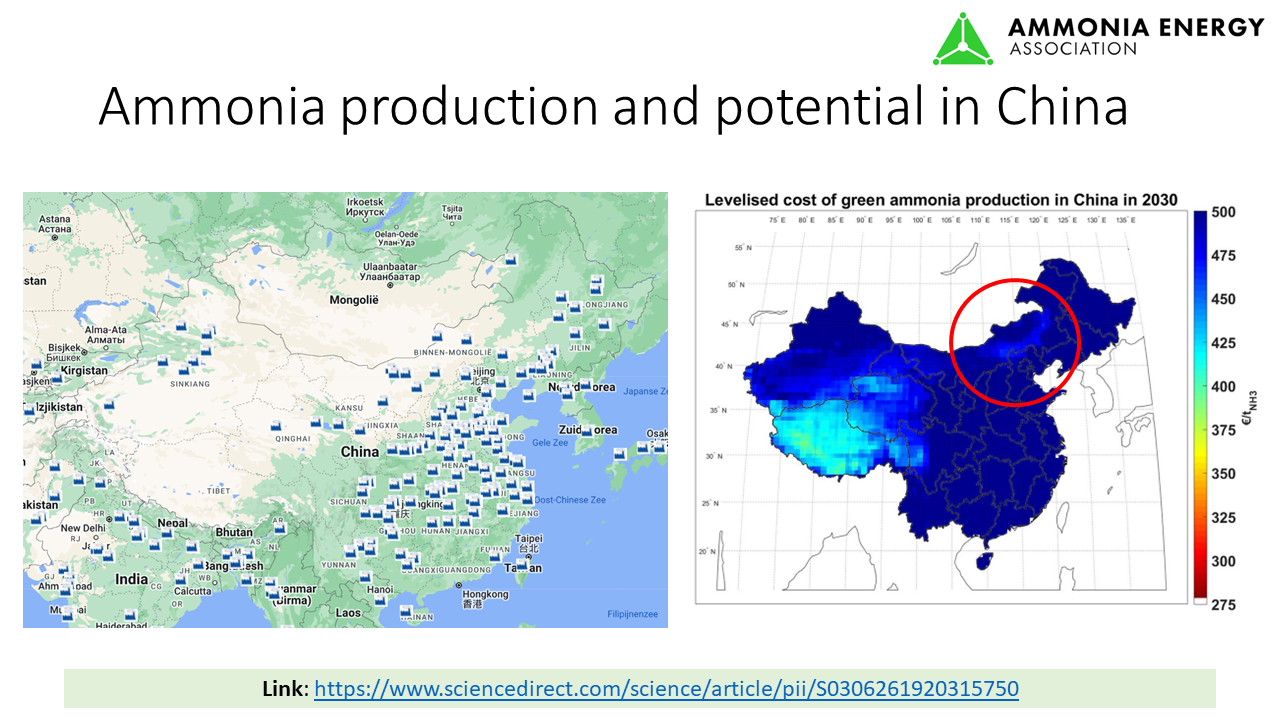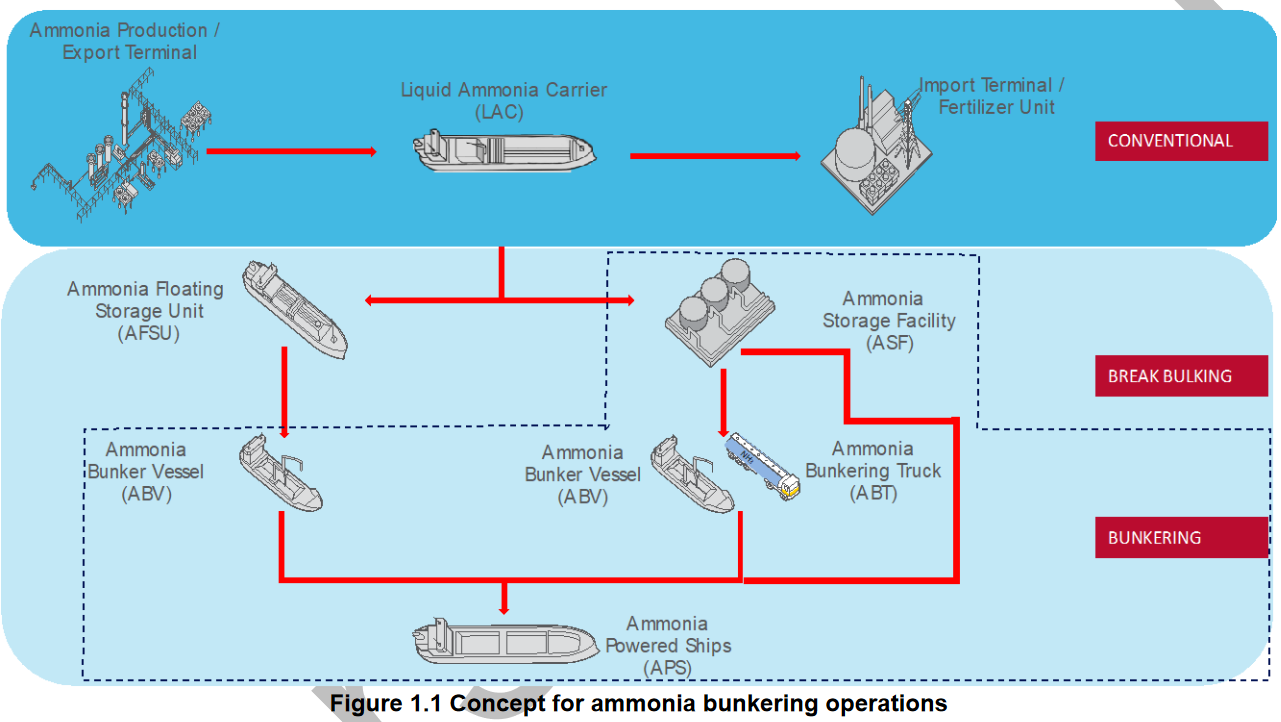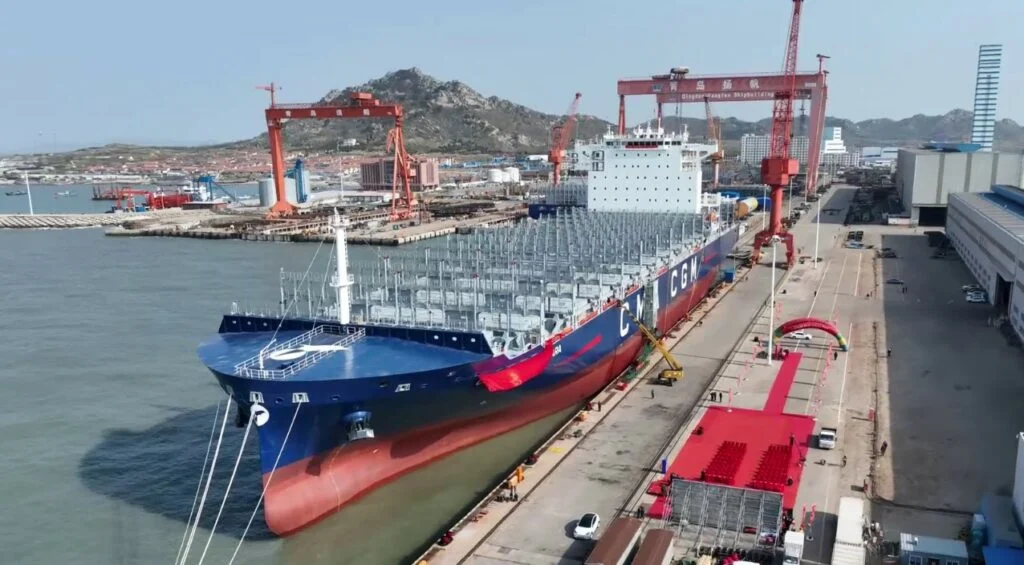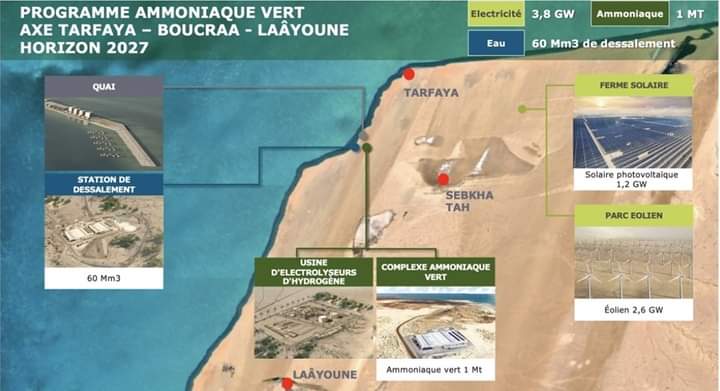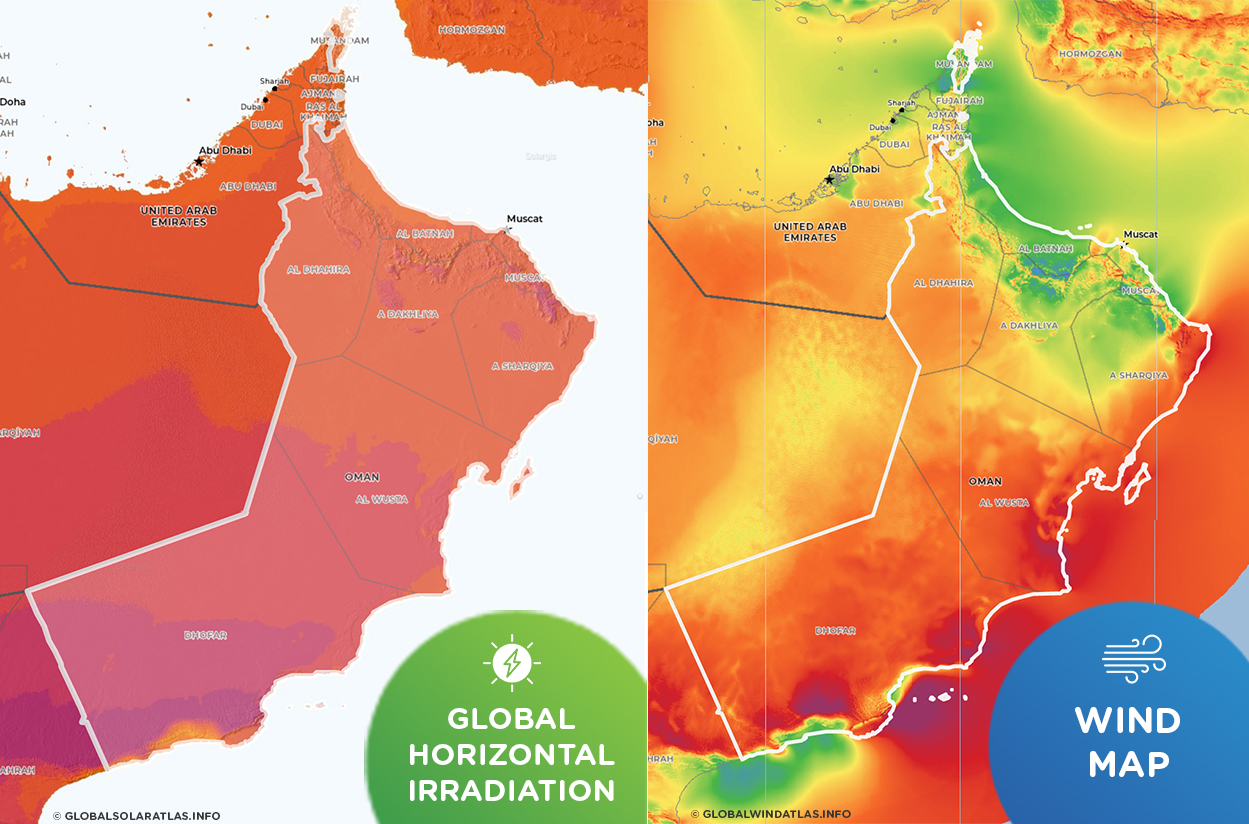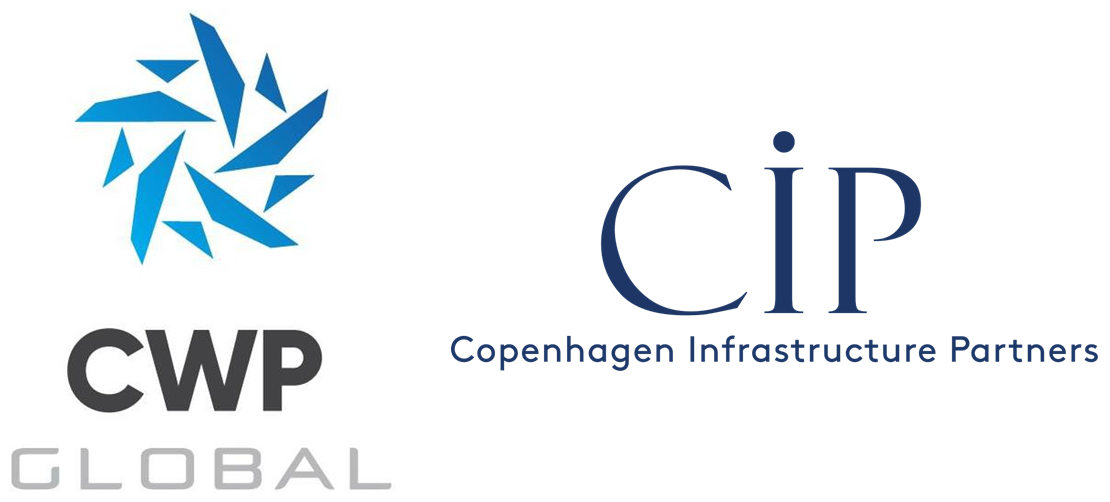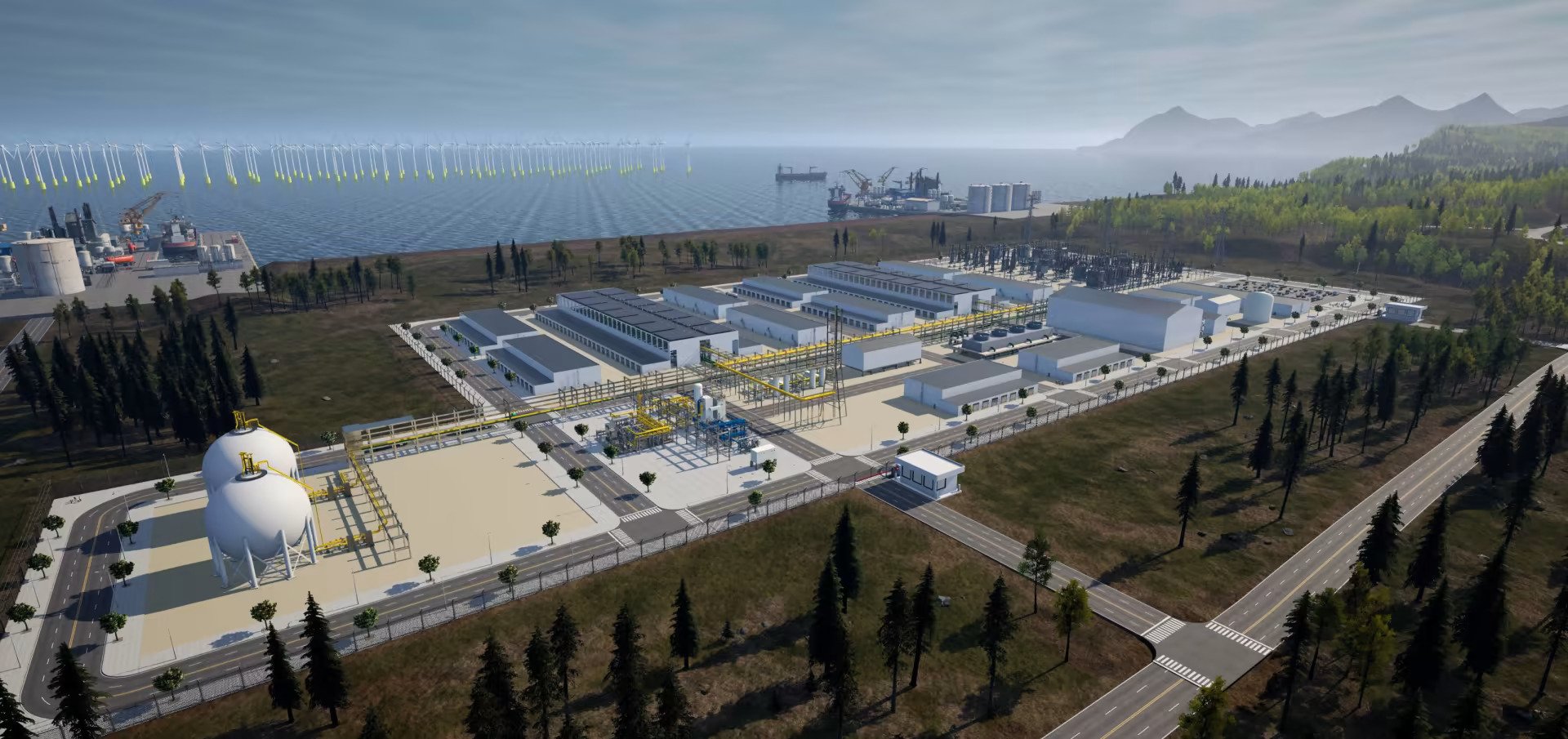China: scaling-up “flexible” ammonia production powered by renewable energy
The cost gap between fossil-based ammonia production and electrolysis-based ammonia production in China is arguably the smallest in the world. In our May episode of Ammonia Project Features, we explored two new, “flexible” renewable ammonia projects being developed in northeast China, as well as some of the engineering challenges as we scale-up electrolysis plants to gigawatt-sized.
